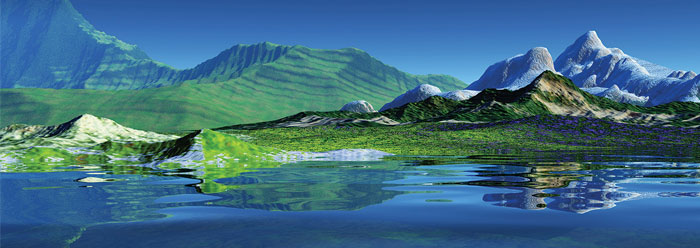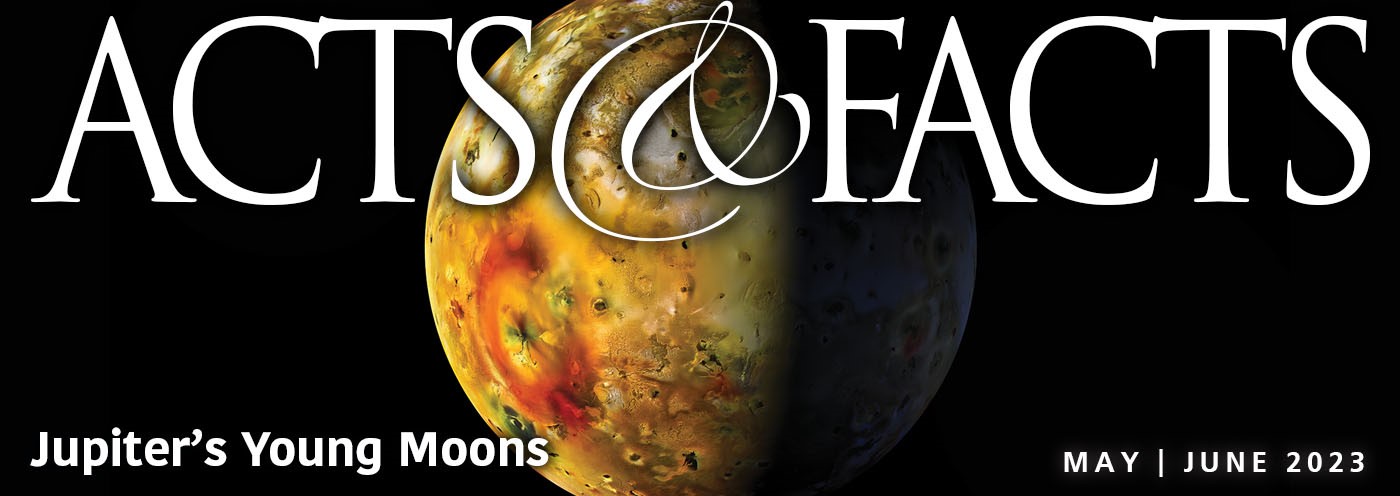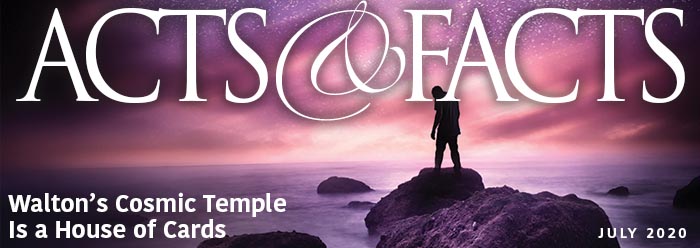Geologic research continues to play a significant role at the Institute for Creation Research, as it has since its founding. Recognizing that the great Flood of Noah's day accomplished significant geologic work opened the door to groundbreaking research. This insight provided solutions to many plaguing difficulties in creation thinking, and continues to inform it today.
ICR's latest geologic research has gone under the banner of FAST, or Flood-Activated Sedimentation and Tectonics. Numerous FAST projects are currently investigating specific questions under the sponsorship of the National Creation Science Foundation (NCSF), the research wing of ICR. Some are field studies, and others are vital theoretical and computer simulation projects, which together have the potential to add much to our understanding of Flood geology.
One funded project is already underway, directed by a mathematics professor at a southern university and entitled "Numerical Simulation of Underwater Debris Flows." The goals of the study are threefold, as stated in the project proposal:
- To develop a two-dimensional numerical code capable of simulating underwater debris flows as two-phase flows with highly nonlinear viscous effects.
- To validate simulations performed using this code against available experimental data.
- To use this code to determine the behavior of these flows as they travel and the structure of the sediment within these flows when they terminate.
Underwater debris flows are a proposed mechanism for the rapid deposition of layers of sedimentary rocks, as evidenced in geological formations such as Grand Canyon, but this mechanism is poorly understood. Other researchers in FAST are applying the flows in their projects, but more rigor is needed for the studies to reach their full potential. The purpose of this research is to develop a numerical model that will provide insight into the behavior of these flows and to understand the manner in which the debris settles when the flows terminate, with the ultimate goal of providing evidence for the hypothesis that strata can be formed in this manner.
Through the FAST program, we are striving to understand the geological events that occurred as a result of the global Flood recorded in Genesis. Even though the Flood had a supernatural cause, the surrounding events were governed by the laws of creation, including enormous tectonic activity, planetary atmospheric events, and continent-wide water flows, involving extensive erosion, transportation, and deposition of granular and sedimentary materials. One of the main goals of the FAST program is to understand how these natural forces that were active during the great Flood could have formed the geological record, such as the features and strata visible within Grand Canyon.
Expectations are that the research will require both computational modeling and laboratory verification, and will be conducted over the next two summers. We will continue to keep you posted about the results of these projects, as well as other research conducted under NCSF grants. If you would like to be a part of this vital work, or would like to submit your own proposal, please contact us.
* Dr. Morris is President and Director of Research at the Institute for Creation Research.
Cite this article: Morris, J. 2009. A FAST Model for Underwater Debris Flows. Acts & Facts. 38 (5): 14.







